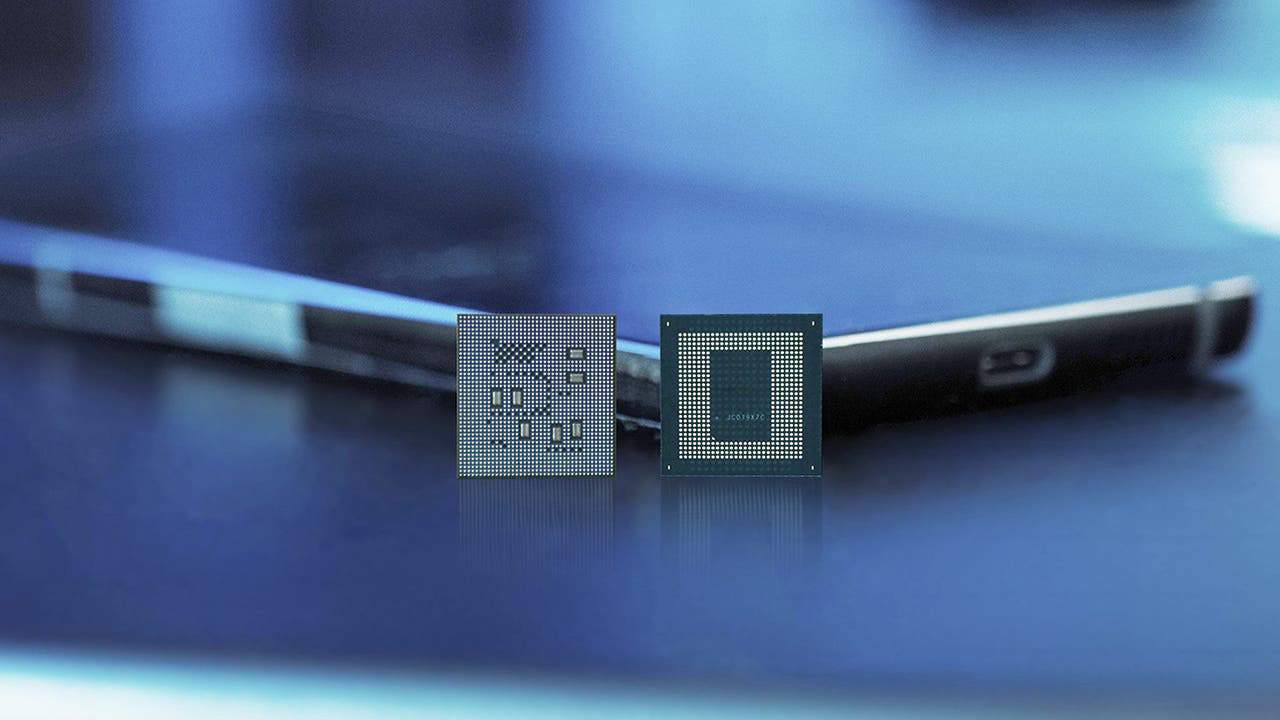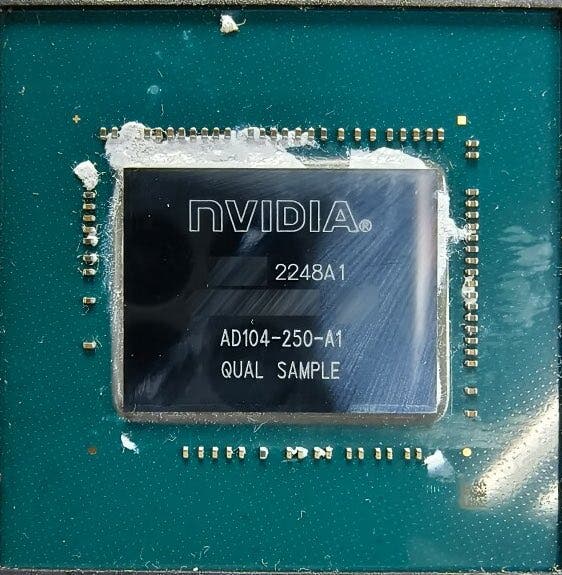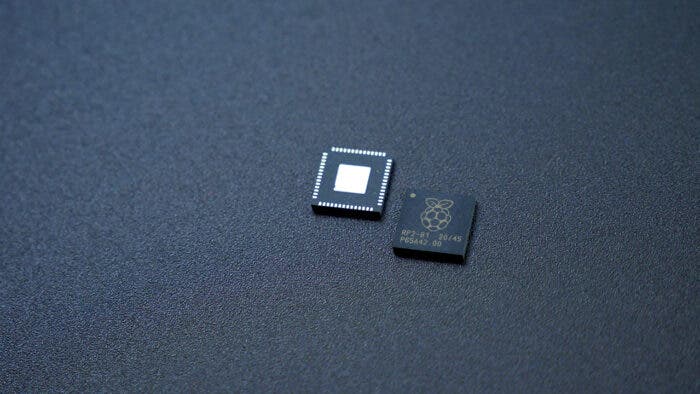Nvidia CEO Jensen Huang has stated that it may take the United States at least 10-20 years to achieve independence in chip supply. The global chip supply chain is complex, with different components being manufactured in various countries. Taiwan is a key player in chip manufacturing, particularly for advanced semiconductor technology. This complexity in the chip supply chain means that no one brand has it all. For this reason, U.S. brands rely on several other countries for different parts of the chip manufacturing process.

The US has been working towards reducing its dependence on foreign chip manufacturing, particularly in the face of geopolitical tensions and national security concerns. The Biden administration has emphasized the need to strengthen the country’s chip supply chain to ensure its resilience and security. Achieving chip independence is crucial for the US. This is because it would reduce the risk of supply chain disruptions and potential threats to national security. It would also bolster the country’s technological leadership and competitiveness in the global market.
Nvidia CEO’s Projections
Nvidia CEO Jensen Huang has provided a sobering assessment of the timeline for US chip independence. He believes that it may take the country between 10 to 20 years to achieve full independence in chip supply. Huang emphasized the complexity of the supply chain and the challenges involved in reshaping it.
In a statement at the New York Times’s DealBook conference, Huang said, “We are somewhere between a decade and two decades away from supply chain independence. It’s not a really practical thing for a decade or two.” He highlighted the intricate nature of the chip supply chain, which involves components from various parts of the world. This makes it really difficult to achieve immediate independence.

Huang’s assessment underscores the long-term nature of the task ahead and the need for sustained efforts to reconfigure the chip supply chain. However, he said to work towards chip independence, the US will need to invest in domestic semiconductor manufacturing. There will also be a need to put a lot of funds into research, and development. Collaboration between the government, industry, and academia will be crucial in driving innovation and building a robust and secure chip supply chain.
Conclusion
The journey towards chip independence is a complex and long-term endeavour that requires strategic planning, investment, and collaboration. While the US faces significant challenges in reshaping its chip supply chain, the potential benefits of achieving independence are substantial, both in terms of national security and technological leadership. Nvidia CEO Jensen Huang’s projection of a 10-20-year timeline underscores the magnitude of the task and the need for sustained commitment to this critical objective.





